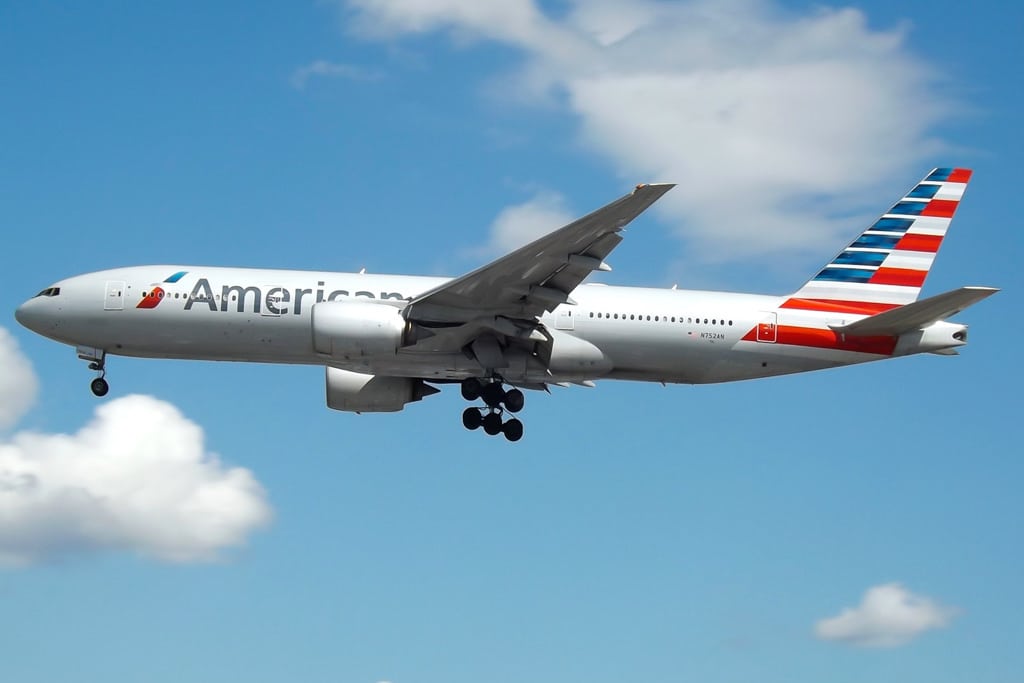Skift Take
How do you define recovery? If you call it improvement from the nadir, U.S. airlines are in recovery mode. But if recovery means nearing 2019 levels of travel demand, U.S. airlines are a long way away.
Major U.S. airlines are selling more tickets and taking fewer cancellations than a month ago, but it’s probably too early to call this a real recovery, several airlines reported Tuesday at a virtual investment conference.
“We’re seeing some modest improvements,” Robert Isom, American Airlines’ president, said at the Wolfe Research 13th Annual Virtual Global Transportation & Industrials Conference. “It’s a long way to go, but modest improvements (are happening) in terms of loads on our flights today.”
Of course, so much uncertainty is shrouding the industry now. While passengers may have been excited to book at great prices in recent weeks, there are no guarantees anxious people actually will get on the planes.
Each of the largest four U.S. airlines will fly more next month than in April and May. But not all see the demand climate evolving in the same way.
Here’s how the Big Four see business:
American Airlines
American is running about a 35 percent load factor, month-to-date, executives said Tuesday. That’s up from about 15 percent last month.
In April and May, American slashed about 80 percent capacity, so higher load factors suggest demand is more robust than a month ago. American will try to keep the momentum in June, when it plans to only cut 70 percent capacity, year-over-year.
Looking forward, American expects to continue to make international cuts, but resume more domestic flights. Like most airlines, American suspects passengers will stay close to home for the foreseeable future, avoiding long-haul travel.
American executives said some business travel is returning, mostly among people who manage their own travel. Large corporations generally are not letting employees travel, but American suspects managed corporate travelers could begin returning by fall.
“Corporates are going to be the last part of recovery for business travel,” said Don Casey, American’s senior vice president for revenue.
Southwest Airlines
Southwest executives met privately with investors at the conference, but the company shared key points of those conversations in a U.S. Securities and Exchange Commission filing.
Through May 18, the company said, it saw “modest improvement” in demand, bookings and trip cancelations. So far this month, Southwest has processed more new bookings than cancelations, a hopeful sign, as this was not the case in April and May.
Operating revenues in May are expected to fall 85 to 90 percent, a massive drop, but a more favorable estimate than the company made earlier, when it told investors to expect a 90 to 95 percent revenue decrease.
Southwest forecasts a more lucrative June, with revenues expected to drop between 80 and 85 percent. Load factor is expected between 30 and 35 percent, up from 25 to 35 percent this month. Load factor in April was 8 percent.
Delta Air Lines
Delta is betting it could take as long as three years before “some semblance” of demand normalizes, but the airline is betting the worst is behind it, CFO Paul Jacobson said.
Delta is seeing improved bookings among leisure customers, to beach destinations and in the American West, he said. It will add about 100 flights next month so it can increase capacity, though it will continue selling only 60 percent of seats to maintain onboard distancing.
Customers are buying tickets for June and July travel, but Jacobson reminded analysts there’s no guarantee they will show up. Delta, like most airlines, is offering change fee waivers, and customers may postpone their trips for fee if they’re nervous about flying.
“We have to be careful that those actually translate into trips and don’t just cancel as we’ve seen people booking travel on the expectation and the hope that the environment gets better,” he said. “But until we see some clarity on what can people do when they get to their destination, where can they stay, we’ve got to be cautious about people actually getting out and moving.”
United Airlines
Among leaders at the Big Four, United’s executives have been most skeptical about a quick recovery timeline. That’s still the case, but Chief Commercial Officer Andrew Nocella offered a bit more optimism during Tuesday’s event.
In June, United will cut capacity by only 75 percent, year-over-year. That’s much better than this month, with United flying 88 percent less capacity than expected.
“For the first time since April, when we were running 12 percent load factors and cancellation were through the roof, no shows shows were through the roof, we are now seeing a lot of it start to stabilize,” Nocella said
Almost all the returned demand is coming in North America, Nocella said. “It has a long, long way to go before it is a decent number but it is starting to look positive.”
On international routes, some parts of Latin America are improving, Nocella said. On most long-haul routes, United has about 20 percent load factors, but demand for belly cargo remains high, which helps the flights.
The Daily Newsletter
Our daily coverage of the global travel industry. Written by editors and analysts from across Skift’s brands.
Have a confidential tip for Skift? Get in touch
Tags: american airlines, coronavirus, covid-19, delta air lines, southwest airlines, united airlines
Photo credit: American Airlines is seeing slight improvement in bookings. Pictured is a Boeing 777. Mark Harkin / Flickr
